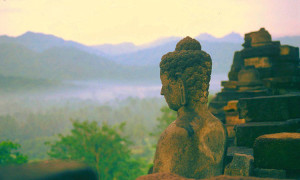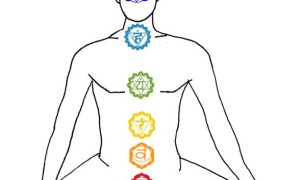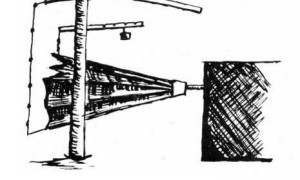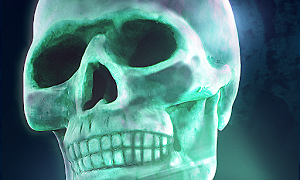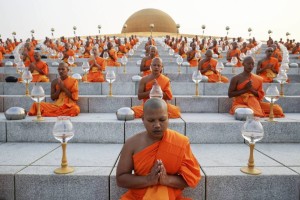 There is an international forest monastery Wat Pah Nanachat in Thailand where any foreigner unfamiliar with Thai culture and language can take on the yellow robes and become a Buddhist monk. Sorry, not any foreigner, only men can become monks in Thailand, no women(. There are several stages that you go through at Wat Pah Nanachat in making the transition from a lay person to a monk (bhikkhu).
There is an international forest monastery Wat Pah Nanachat in Thailand where any foreigner unfamiliar with Thai culture and language can take on the yellow robes and become a Buddhist monk. Sorry, not any foreigner, only men can become monks in Thailand, no women(. There are several stages that you go through at Wat Pah Nanachat in making the transition from a lay person to a monk (bhikkhu).
Stages of the transition from a lay person to a Thai Buddhist monk (bhikkhu)
- First stage (about one month): an eight-precept layperson. Having the intention to prepare for ordination, you would first stay in the monastery as an eight-precept layperson for more than one month.
- Second stage (about six months): a white-robed postulant (anagarika, ‘homeless-one’, ‘pah-kow’). After the first stage you can ask the abbot if you can become a white-robed postulant (anagarika, a ‘homeless-one’, in Thai known as a ‘pah-kow’). The abbot will discuss it with the sangha, and with their approval, you can formally commit yourself to being a pah-kow by taking the eight precepts in a sangha meeting, and from then on train in the monastic routines at Wat Pah Nanachat continually.
- Requirements. For becoming a pah-kow, there are no specific requirements, other than showing the community that generally you are in good physical and mental health. You need to have health coverage or a travel insurance and sufficient funds for emergencies, possible visa extensions, and further travel.
- Third stage (about a year): a brown-robed novice (samanera). After about six months as a ‘pah-kow’, you can proceed to request the Going Forth (pabbajja) as a novice (samanera). The main difference between a pah-kow and a novice is that a pah-kow is still in a test phase of taking on monastic life for long-term, and thus still keeps his financial independence, while the novice adopts an additional precept that prevents him completely from ownership and the handling and use of money. This makes the samanera a full alms mendicant relying on the support of the lay community for his living. Novices wear the same brown robes as the monks and train in almost the same ways as the monks, but their explicit code of rules is much smaller and less detailed. At Wat Pah Nanachat novices already start studying the monks rules, and also acquire various basic skills of monastic life such as chanting and making robes and other requisites. Otherwise novices practice meditation and apply themselves to the duties of communal life just as the monks.
- Requirements. For novice and bhikkhu ordination one needs one’s parent’s permission.
- Fourth stage (five years): a new monk (bhikkhu). If everything goes smoothly during the previous stage, one is well prepared, and the Sangha considers one ready for bhikkhu life, after at least one year as a novice, one can proceed to request Higher Ordination and become a part of the bhikkhu Sangha. This is a typical course of training that our monastery has used for many years now and seems to work well. It is a gradual way of becoming familiar and adapting to the new lifestyle, Thai culture, practices and rules of conduct as a monk, and it also enables our community to get to know its new members in an unhurried way. In addition, being a novice and already living in the midst of the Sangha is a very conducive opportunity to reiterate or clarify ones own plans and possibly communicate them to parents and close family members before making the step to a full commitment to the bhikkhu life. The monastic code requires new monks to be under dependence of a teacher for a period of five years.
- Requirements. Generally we have agreed upon an age limit of about fifty years for ordination. Other requirements for ordination are that one needs to be free from debts, free from government service, and free of major diseases such as epilepsy, HIV, cancer, etc.
Thai Visa&Financial issues during the transition from a lay person to a Buddhist monk (bhikkhu)
You should be careful not to cut off your financial life-line before coming to the monastary, because even though the monks freely share their almsfood and the monastery infrastructure with everyone, all guests and pah-kows still need to take responsibility for their private needs and business, such as medical care, visas, return airfare, and personal items such as toiletries, before becoming ordained. Especially the cost of visas over a long period can be significant. The visa situation normally requires making several trips to Laos or Malaysia. A trip costs about $150 (US).
Unfortunately, until you take the novice precepts, the monastery is not able to assist you in visa matters, other than coordinating the logistics and the timing (especially for your last visa-renewal before your Going Forth). Once you are a novice, though, the monastery will take care of your visa applications without you having to arrange for any payment. Before you come to Thailand you need to acquire a two-month tourist visa at any Thai embassy (or a longer tourist – or non-immigrant visa, if possible). Please, make sure your passport is still valid for a few years and has sufficient pages left for the numerous stamps you will need.
You may be interested in reading my article about my visit to this monastery: My visit to Wat Pah Nanachat or monastery romantic.

